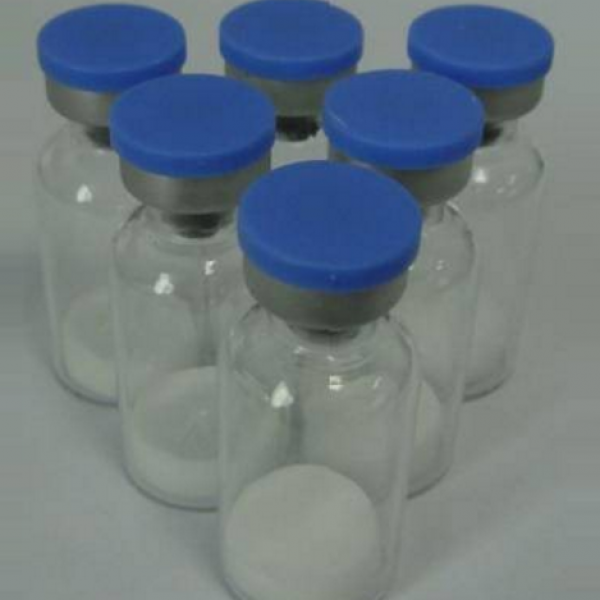TB-500 is an actin-sequestering peptide that modulates inflammation and healing in different tissues. It plays a major role in angiogenesis and tumor metastasis. The protein is also involved in cell proliferation, migration, and differentiation. This gene escapes X inactivation and has a homolog on chromosome Y (TMSB4Y). Beta thymosins are a family of proteins which have in common a sequence of about 40 amino acids similar to the small protein thymosin β4.
Specification
Name: TB-500
Synonyms: Thymosin β4
CAS #: 77591-33-4
Molecular Formula: C212H350N56O78S
Molecular Mass: 4963.44 Da (g/mol)
Amino Acid Sequence: Ac-Ser-Asp-Lys-Pro-Asp-Met-Ala-Glu-Ile-Glu-Lys-Phe-Asp-Lys-Ser-Lys-Leu-Lys-Lys-Thr-Glu-Thr-Gln-Glu-Lys-Asn-Pro-Leu-Pro-Ser-Lys-Glu-Thr-Ile-Glu-Gln-Glu-Lys-Gln-Ala-Gly-Glu-Ser-OH
Purity
TB-500 has a peptide purity level that exceeds 99.0% as determined by HPLC and MS. This peptide was synthesized with no additives and is supplied as a white lyophilized (freeze-dried) powder.
Additional Information
TB-500 is a synthetic version of the naturally occurring peptide present in virtually all human and animal cells, Thymosin Beta-4. This potent peptide is a member of a ubiquitous family of 16 related molecules with a high conservation of sequence and localization in most tissues and circulating cells in the body. TB-500 not only binds to actin, but also blocks actin polymerization and is the actin-sequestering molecule in eukaryotic cells.
TB-500 was identified as a gene that was up-regulated four-to-six fold during early blood vessel formation and found to promote the growth of new blood cells from the existing vessels. This peptide is present in wound fluid and when administered subcutaneously, it promotes wound healing, muscle building and speeds up recovery time of muscles fibres and their cells. An additional key factor of TB-500 is that it promotes cell migration through a specific interaction with actin in the cell cytoskeleton. It has been demonstrated that a central small amino acid long-actin binding domain has both blood cell reproduction and wound healing characteristics. These characteristics are uncovered by accelerating the migration of endothelial cells and keratinocytes. It also increases the production of extracellular matrix-degrading enzymes.
Studies demonstrate that TB-500 is a potent, naturally occurring wound repair factor with anti-inflammatory properties. Tß4 is different from other repair factors, such as growth factors, in that it promotes endothelial and keratinocyte migration. It also does not bind to the extracellular matrix and has a very low molecular weight meaning it can travel relatively long distances through tissues. One of TB-500 key mechanisms of action is its ability to regulate the cell-building protein, Actin, a vital component of cell structure and movement. Of the thousands of proteins present in cells, actin represents up to 10% of the total proteins which therefore plays a major role in the genetic makeup of the cell.
















